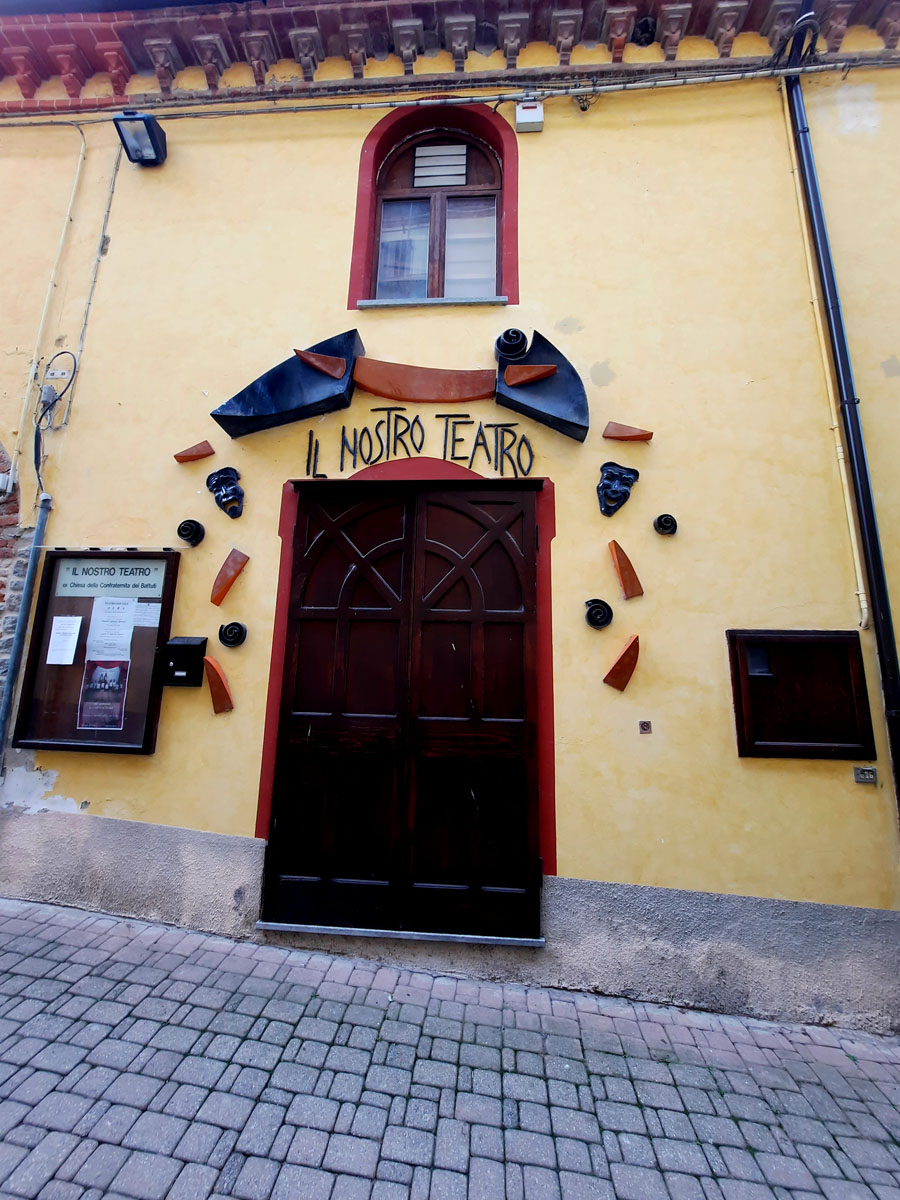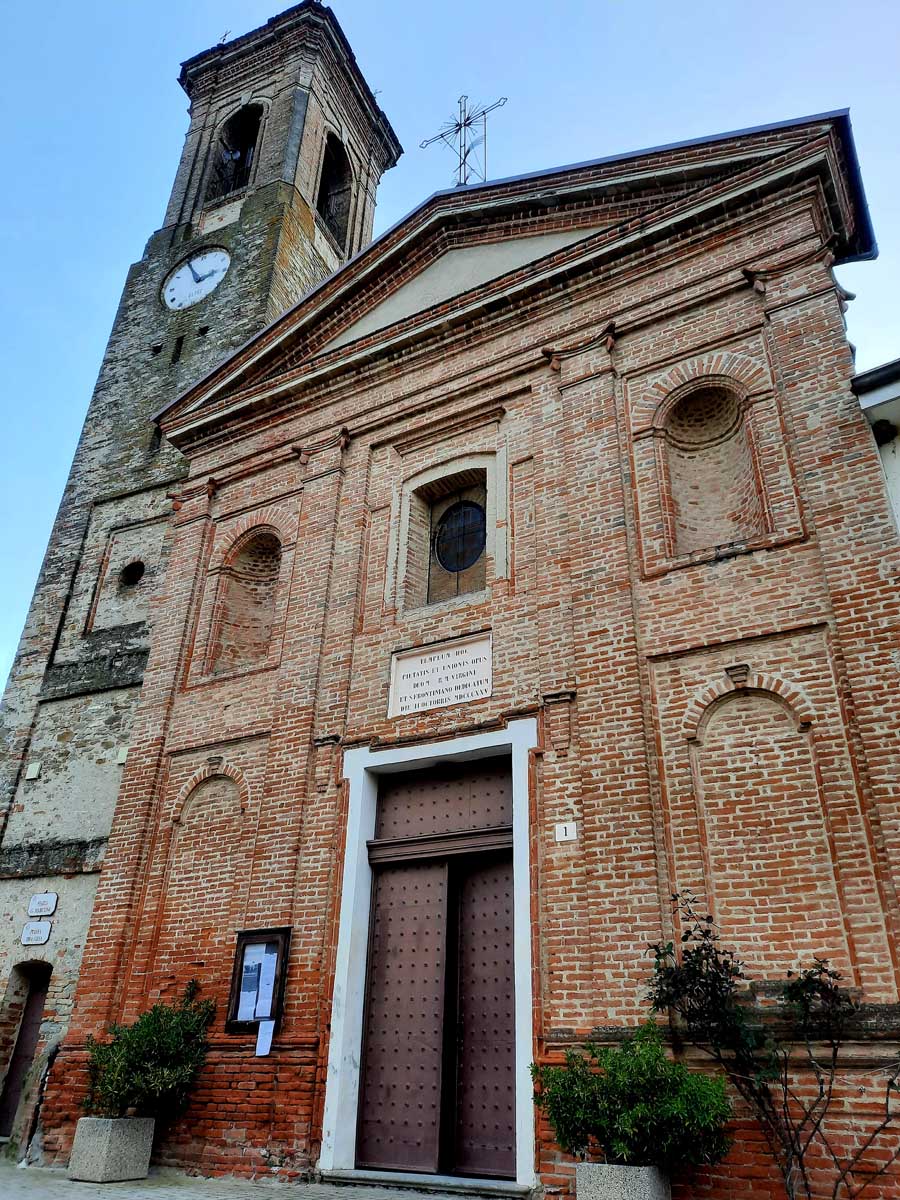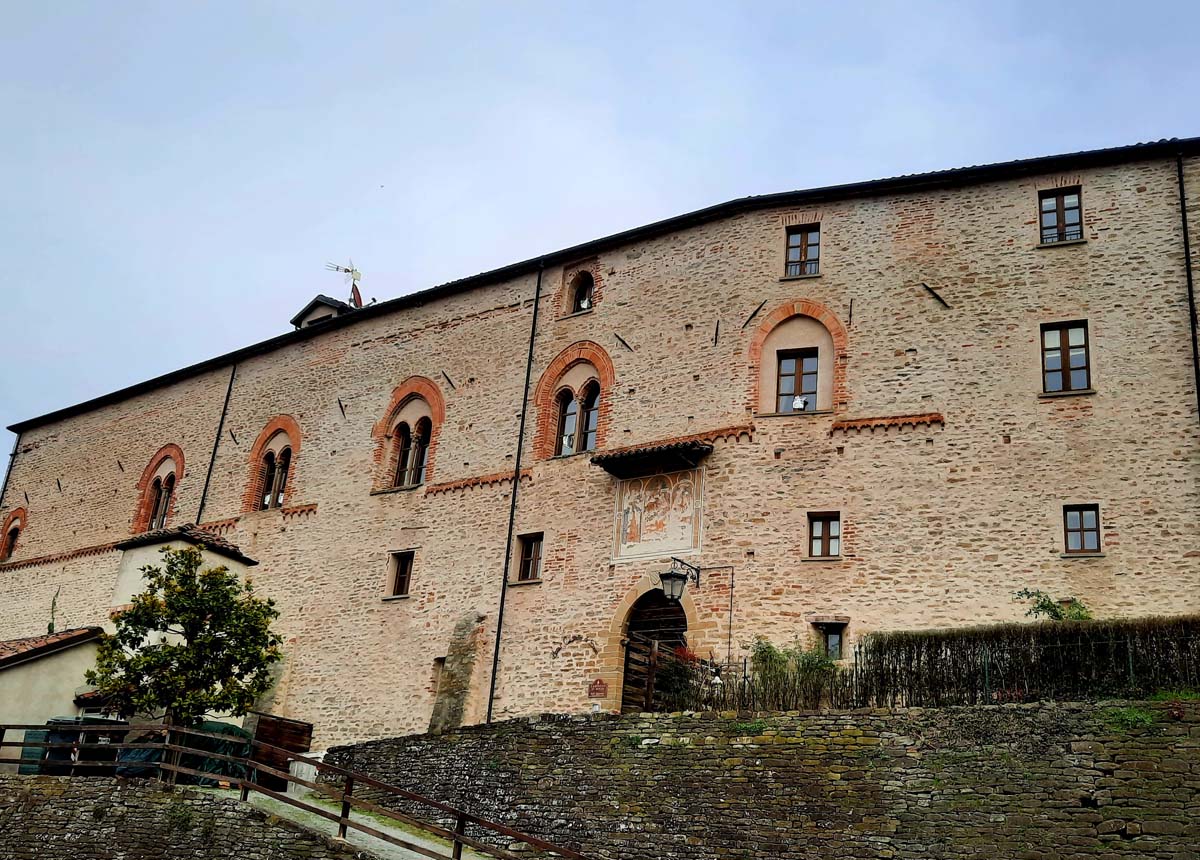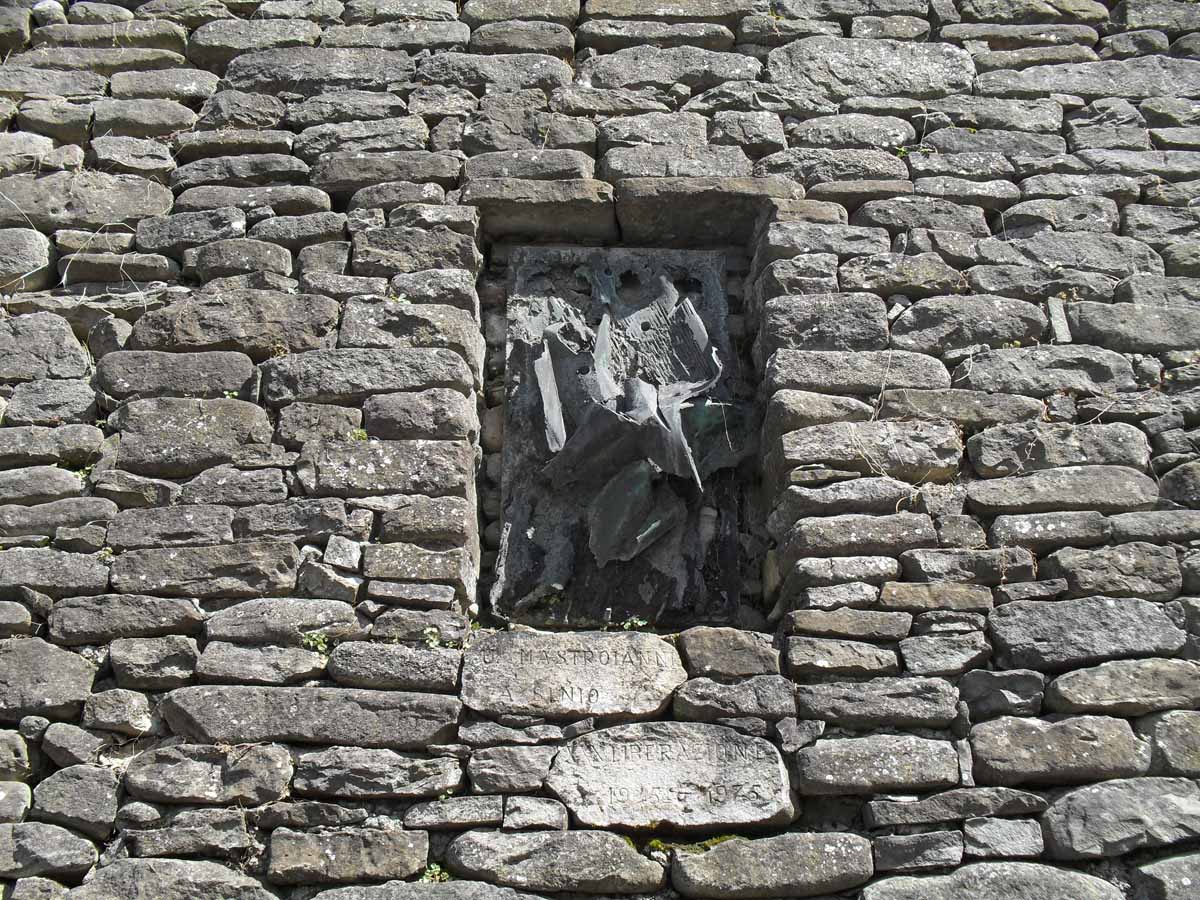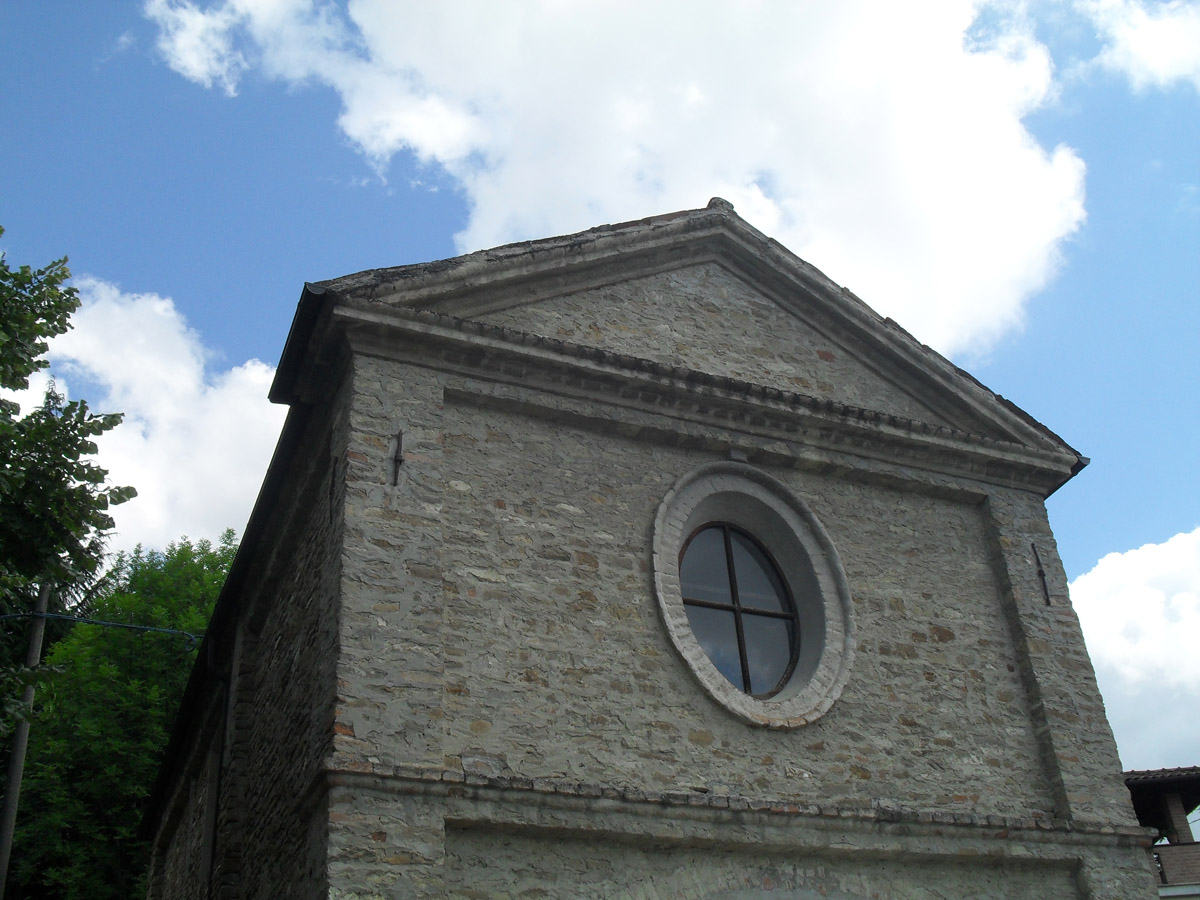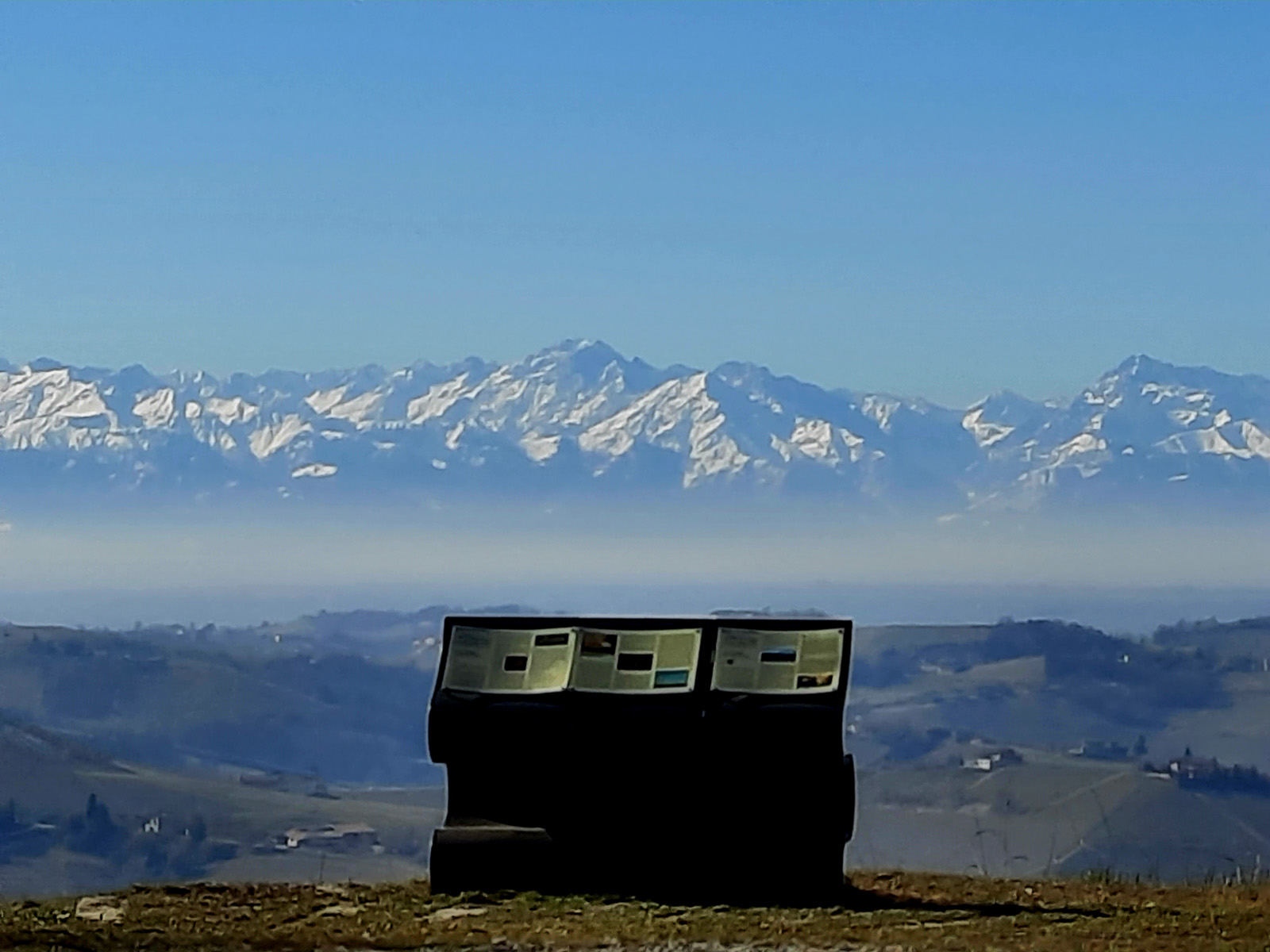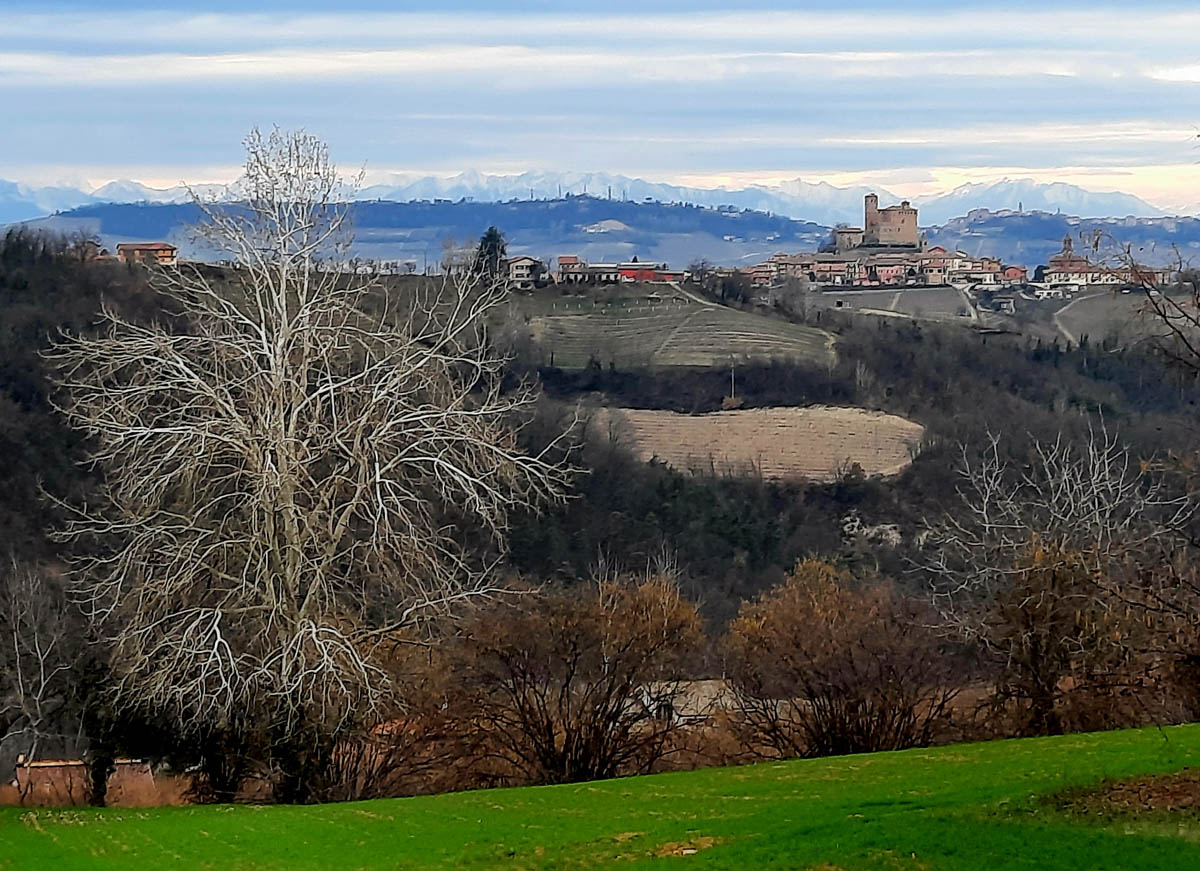Borgo medievale
Nella terra del Dolcetto e del Barolo sorge Sinio, tra colline e vigneti che regalano armonia e quiete. L’antico borgo, di origine medievale, ha un concentrico “a scudo araldico“, conformazione urbana non comune nelle Langhe, in cui tre parallele vie interne costituiscono gli essenziali percorsi verticali, congiunti trasversalmente da un’unica via e dalla piazza, su cui si affaccia la Chiesa di San Frontiniano. A dominare il borgo il castello, edificato sulle rovine di un precedente maniero, distrutto dagli Sforza nel 1431, e risorto per volere della famiglia Del Carretto, di fronte al quale sorge la Cappella di San Sebastiano. La seicentesca Chiesa della Madonna Annunziata ospita il Teatro comunale di Sinio.
Le masche e altre storie di Langa
Grazie alla compagnia “Nostro Teatro di Sinio” rivivono storie antiche e tradizioni legate a un passato contadino: in particolare ogni 14 agosto, in occasione della “Notte delle masche“, vanno in scena le “storie di masche“, fattucchiere responsabili di sortilegi e terribili avvenimenti che popolavano i racconti degli anziani e gli incubi dei bambini, a soddisfazione dell’atavico bisogno di ogni cultura di figure spaventevoli e temute, a legare la comunità e plasmare saggezze e precetti popolari.
Una passeggiata nei dintorni
Cliccate sui punti della mappa per scoprire quali sono i luoghi caratteristici della tappa e dove si trovano. Per conoscere la loro storia e magari visitarli date uno sguardo alla descrizione dell’itinerario. La lettera abbinata vi aiuterà a ricostruire la passeggiata.
Descrizione dell'itinerario
Informazioni utili
Contatti Comune
Telefono 0173 263990
www.comune.sinio.cn.it
Area camper
Località Fontanette
Sentieri tracciati
Anello dei quiri, Anello di Serralunga d’Alba, Sinio-Roddino (www.prolocosinio.it)
Manifestazioni
Premio Carmelina Brovia e le sue sorelle (aprile-maggio); Festa ‘d Sin-i (agosto); Autunno è… teatro (novembre-dicembre)
Informazioni per raggiungere la tappa
Google maps
Accessibilità
Il punto tappa di Sinio è costituito dall’ampio punto panoramico, situata al di fuori del centro abitato, in direzione Montelupo.
Stato attuale di accessibilità: complessivamente il punto-tappa può essere considerato accessibile, per persone utilizzanti una carrozzina a ruota (in autonomia o con aiuto), anche se deve essere raggiunto con particolare cautela per le caratteristiche di irregolarità del fondo sterrato che porta al punto tappa. Non ci sono elementi che possano guidare in totale autonomia persone non vedenti. Con accompagnatore, il tragitto è ovviamente percorribile da non vedenti.
